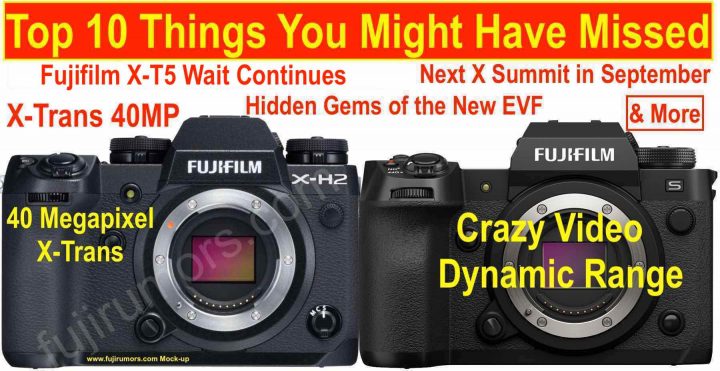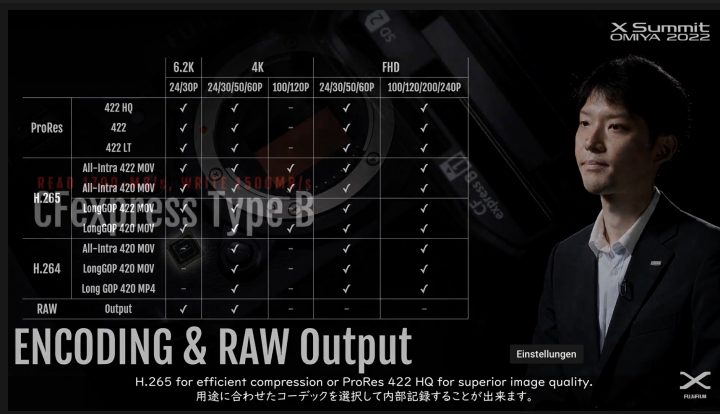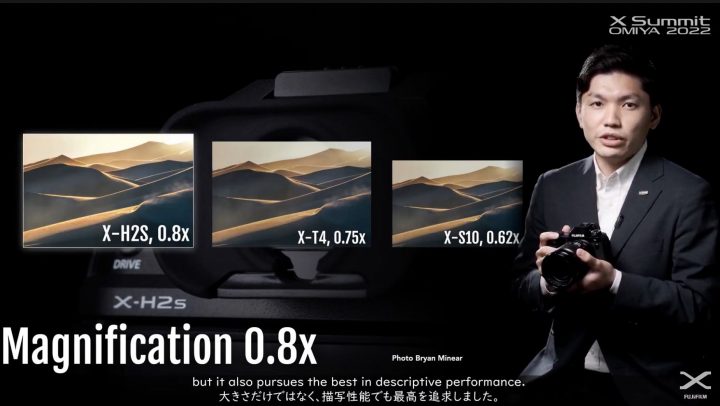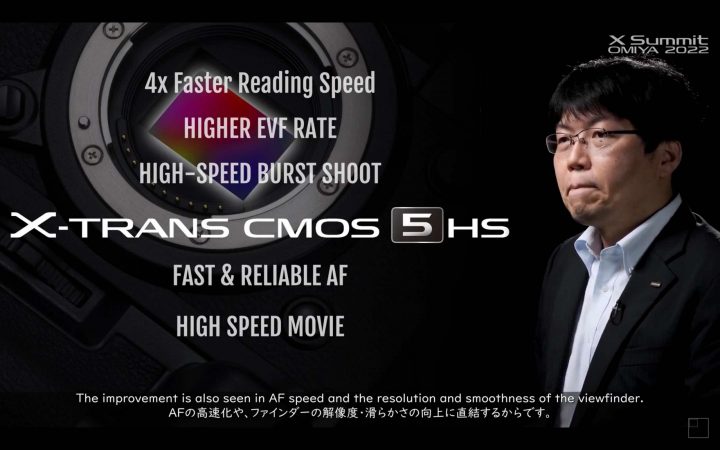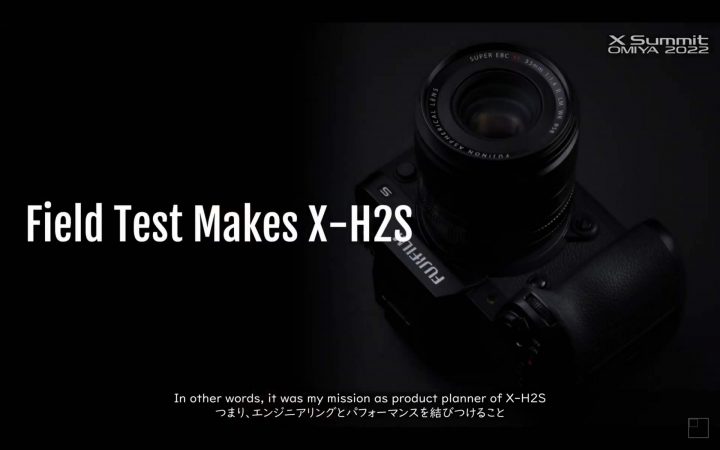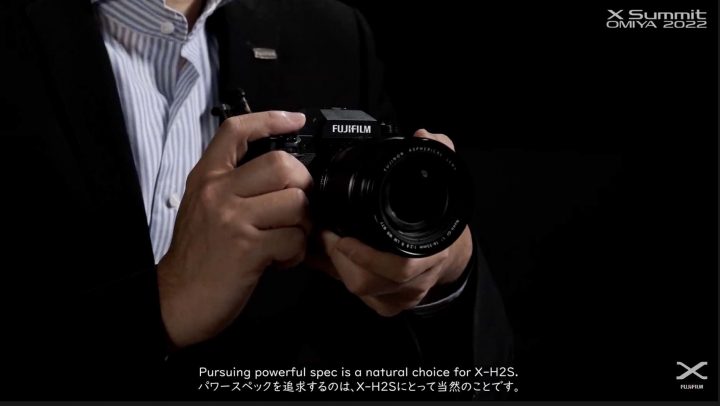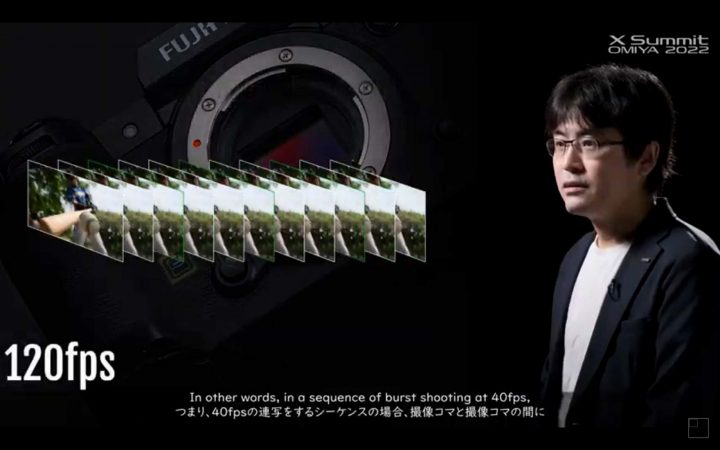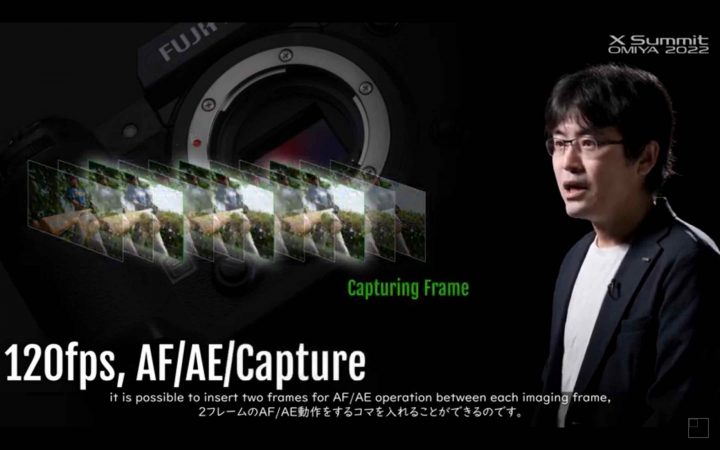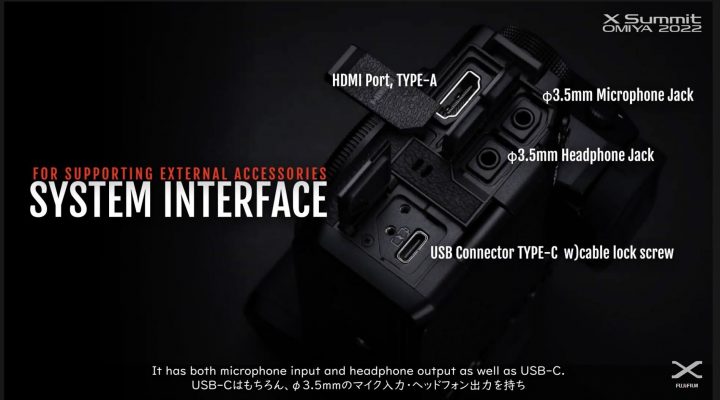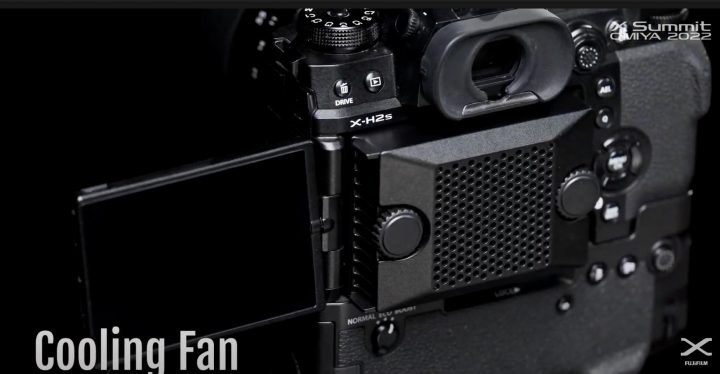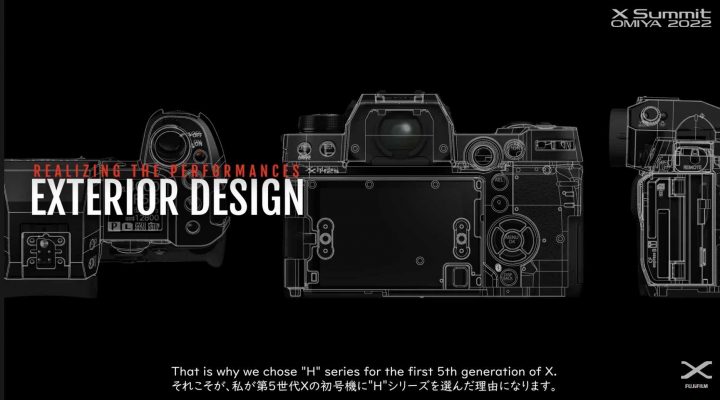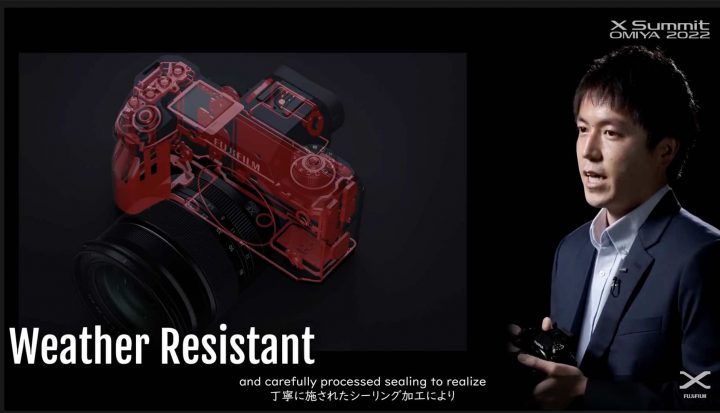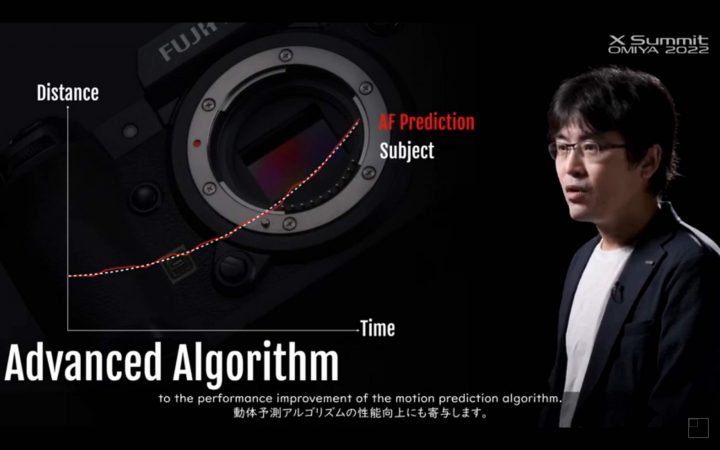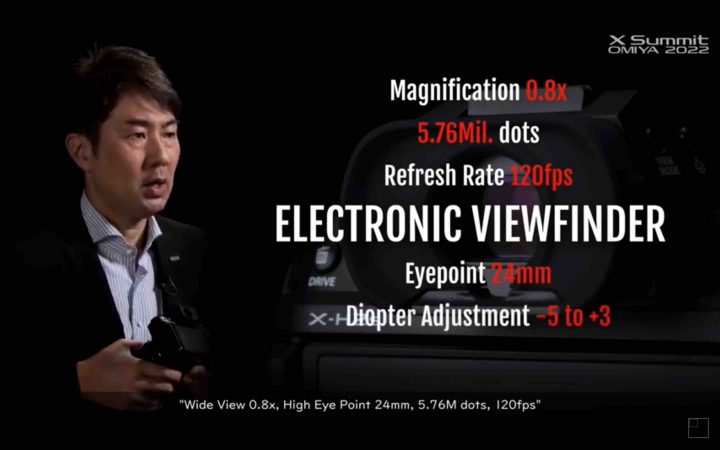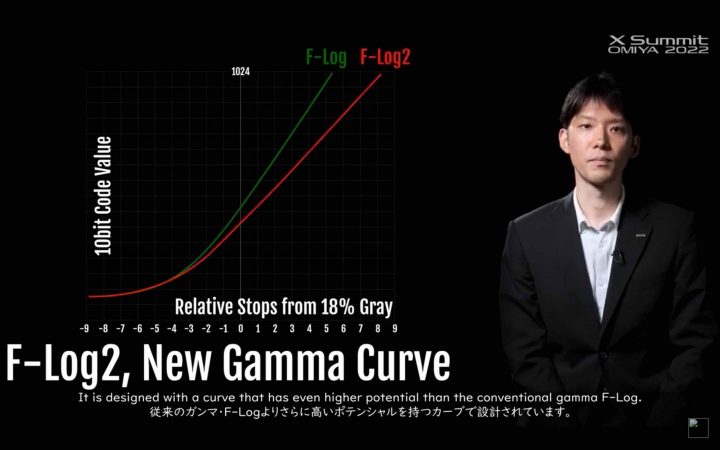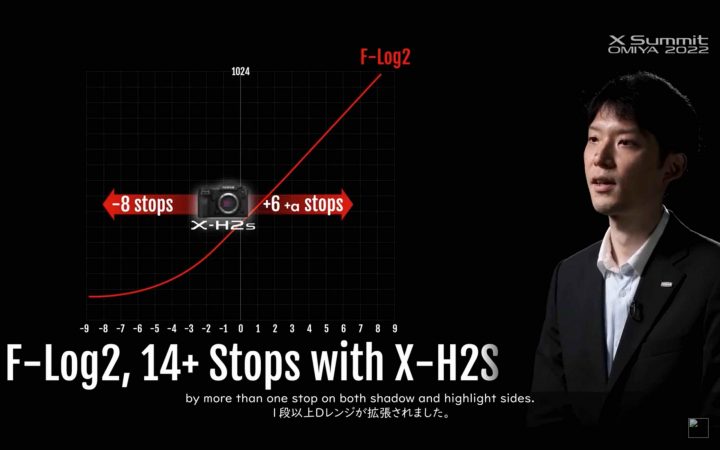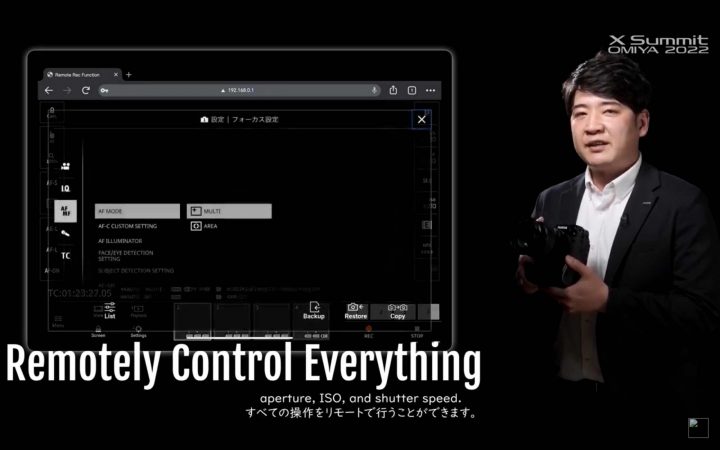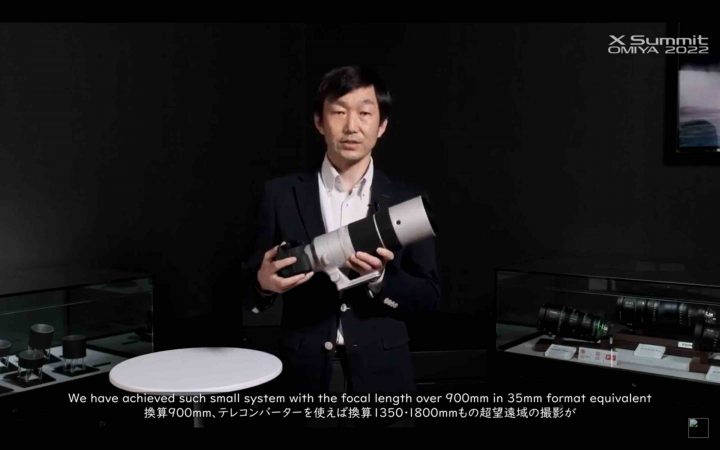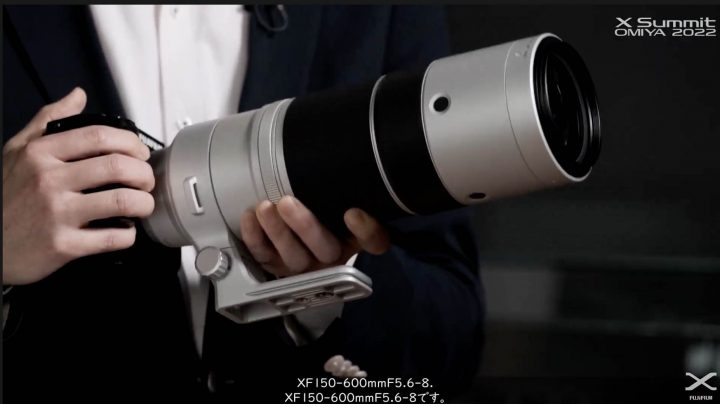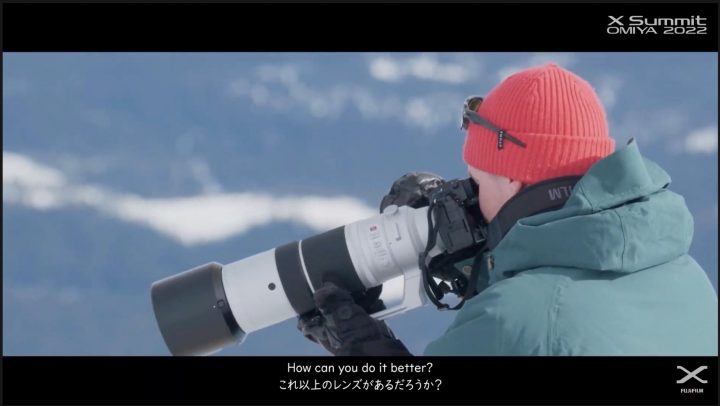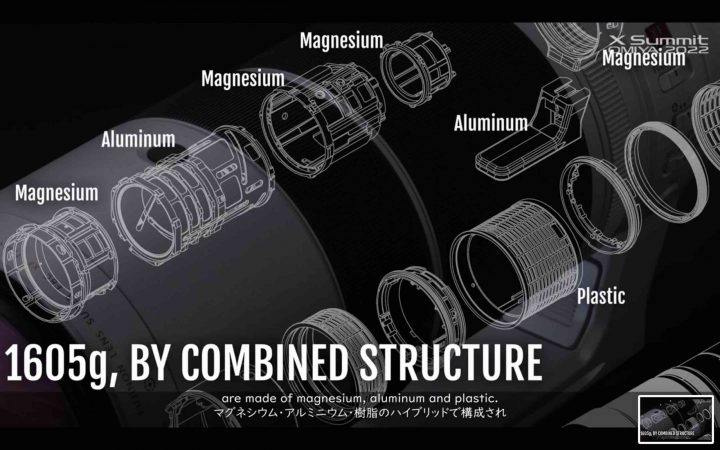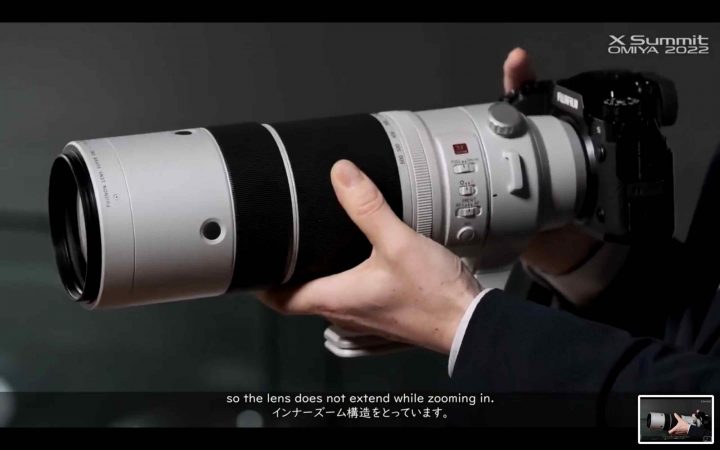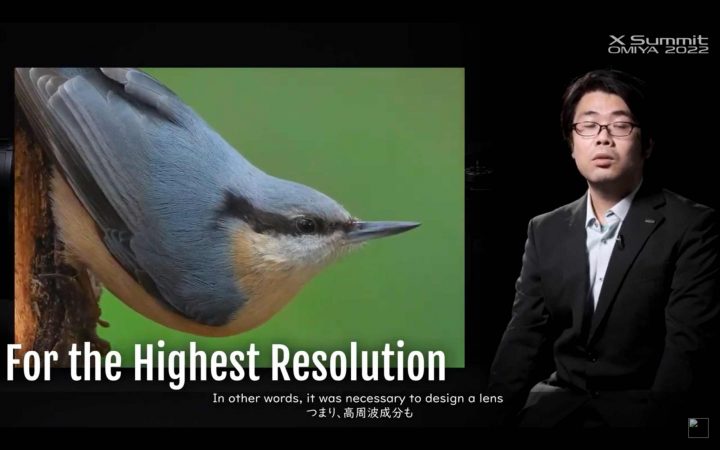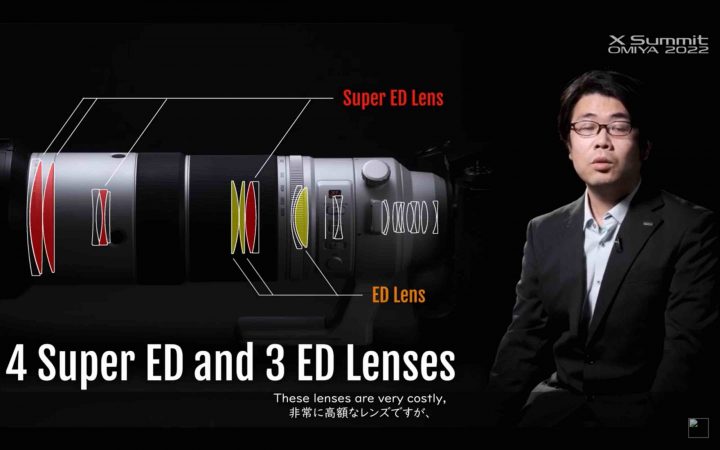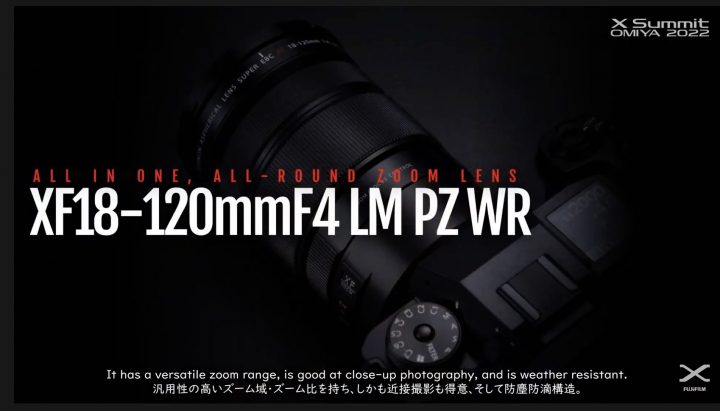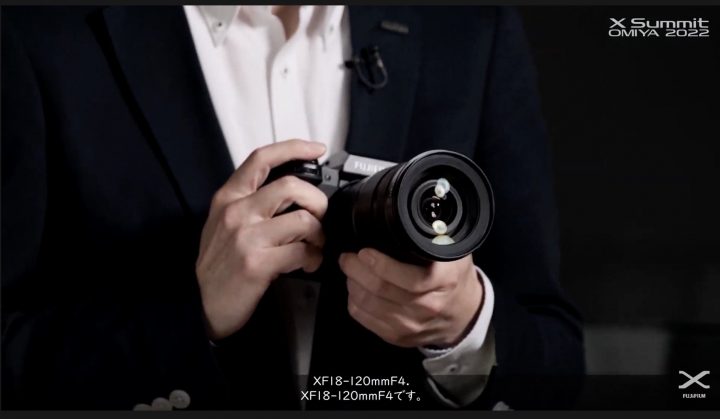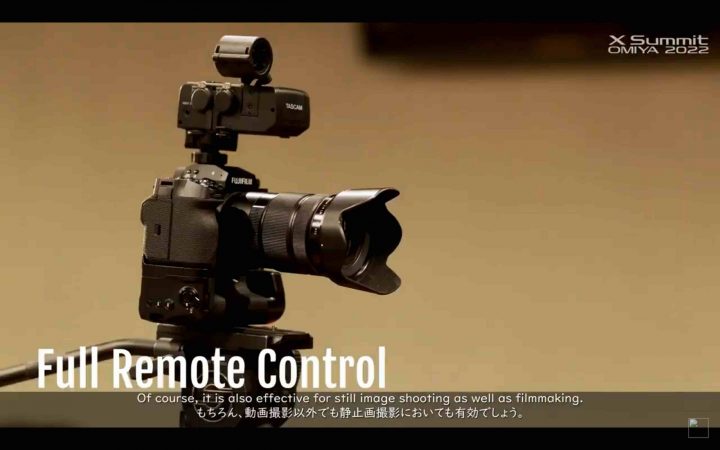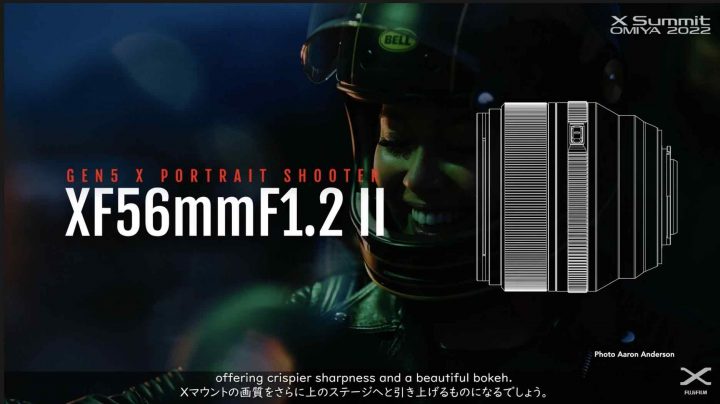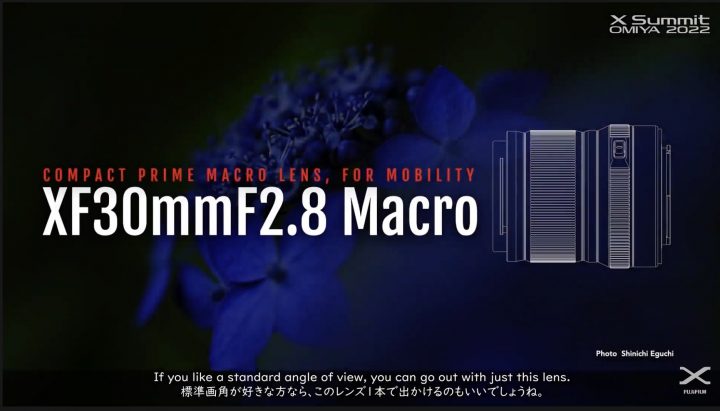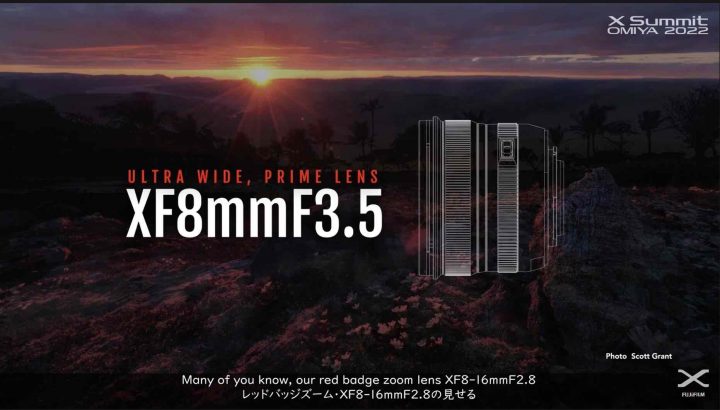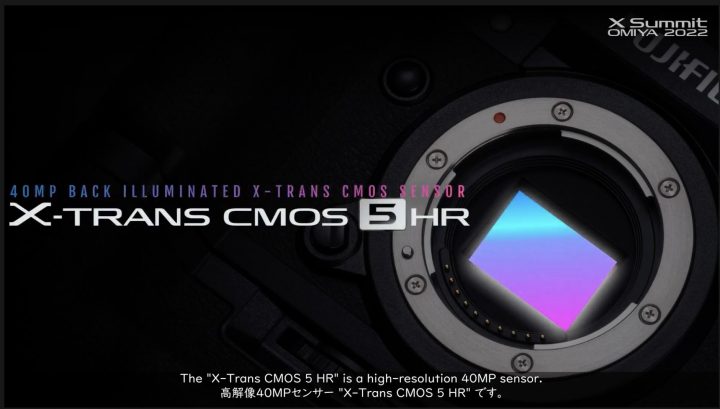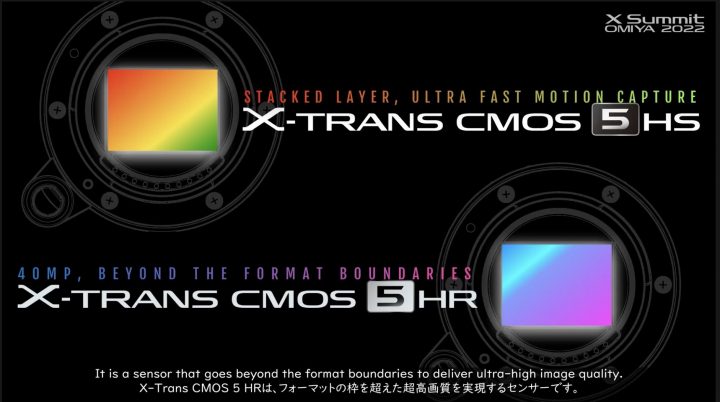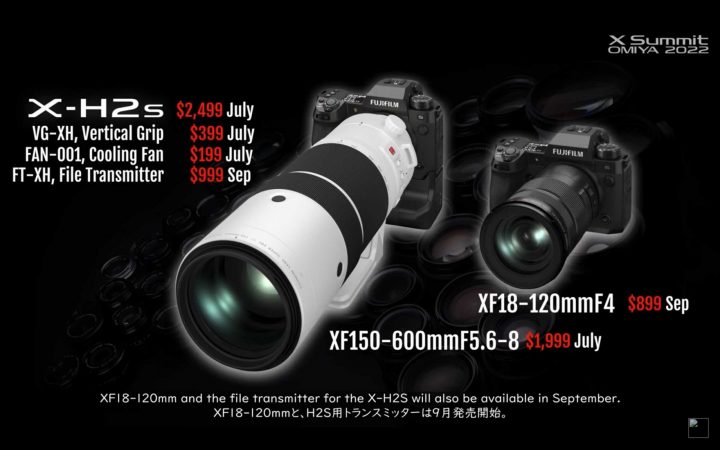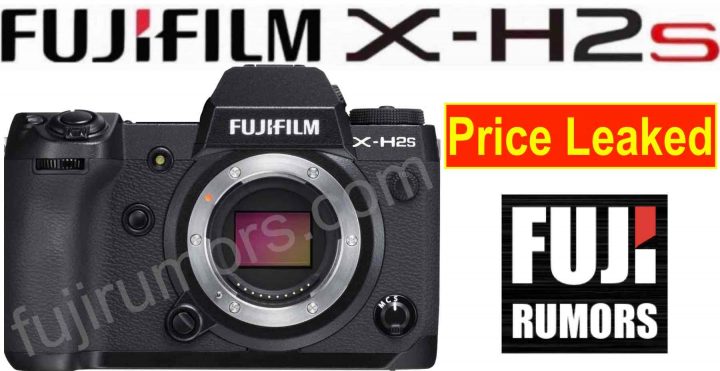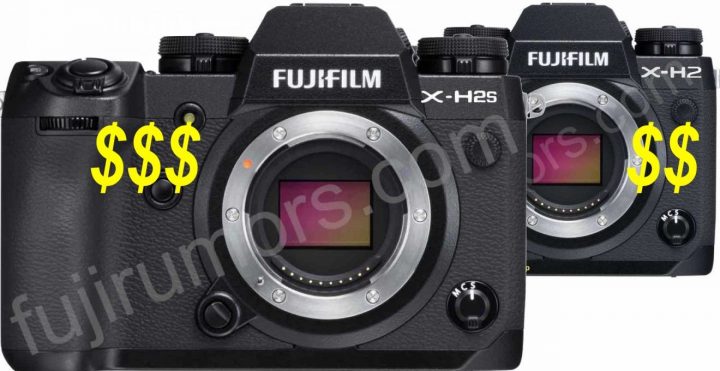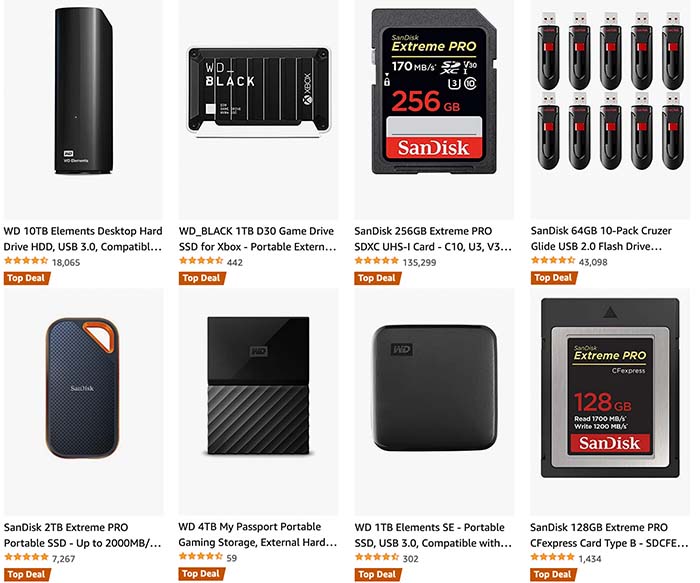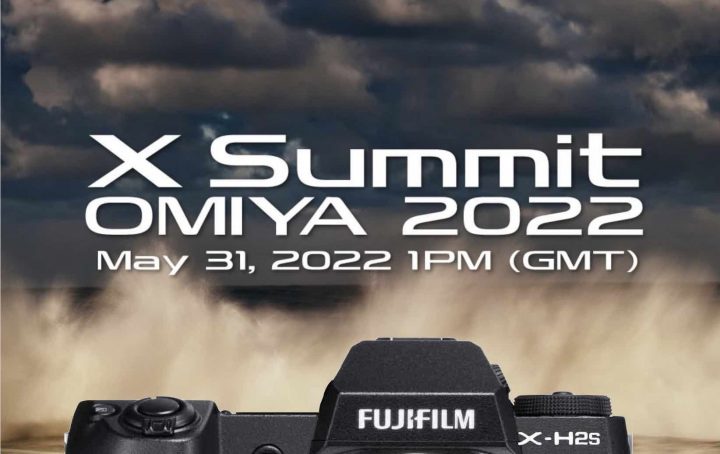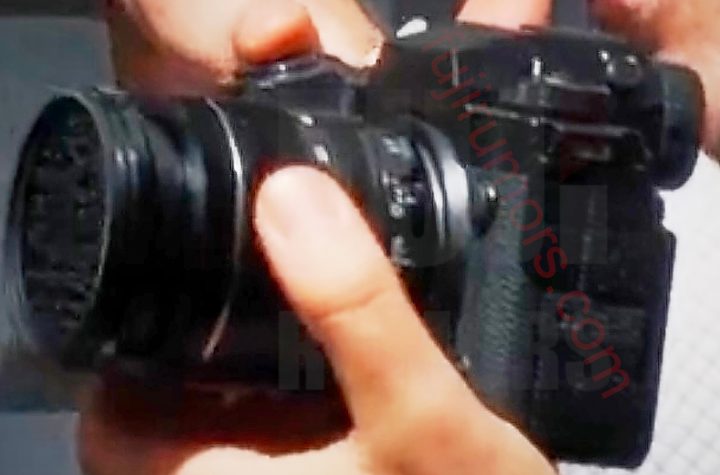Fujifilm X-H2S vs Canon R6 vs Nikon Z9 Autofocus Comparison – Canon R6 is BEATEN and Nikon is CAUGHT
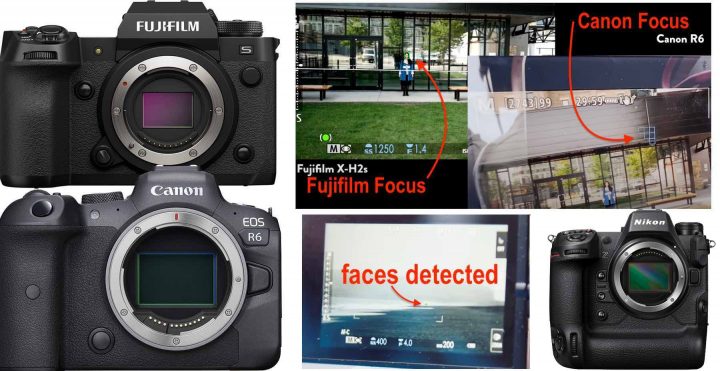
- Fujifilm X-H2S: BHphoto / AmazonUS / Adorama / Moment / Focuscamera
- Fujinon XF150-600mm f/5.6-8: BHphoto / AmazonUS / Adorama / Moment
- Fujinon XF18-120mm f/4: BHphoto / AmazonUS / Adorama / Moment / Focuscamera
- Fujifilm Cooling Fan for X-H2S: BHphoto / AmazonUS / Adorama / Moment
We should keep in mind one thing:
The Fujifilm X-H2S is still in pre-production.
Fujifilm engineers are constantly and restlessly fine tuning, adjusting, tweaking, correcting, improving the firmware until almost the last day before it will ship to customers in mid-July.
This means: whoever tested the camera in the last few weeks, was actually playing around with a potentially buggy camera, and indeed some reviewers notices some bugs here and there (and reported them to Fujifilm).
But this also means, we can’t really make any conclusions about this camera in regards to IBIS, autofocus, image quality and what not.
The fact that it is just pre-production was highlighted also by Taylor Jackson in his Fujifilm X-H2S coverage, and yet, he seems to be impressed already by its autofocus, so much so that he says it is noticeably better than on his Canon EOS R6 and very likely on par with his Nikon Z9.
So why do I share this review in a dedicated article?
Well, because so far it is the only review I have found where a guy actually tests the X-H2S side by side with other cameras, meaning under the same conditions, same light, same subject, same everything. And we can actually see the different cameras tracking stuff side by side.
So what are his findings? Let’s find out in the summary and videos down below
- The Fujifilm X-H2S picked up subjects at significantly further distances than his Canon EOS R6
- he was not expecting it, but autofocus is fast, sticky and confident
- you can see the eye AF picking up the eye even through dark sunglasses
- a quick test with a person running towards the camera at 40fps – all images were in focus
- Canon R6 vs Fujifilm X-H2S
- he is impressed by how far eye and in general human detection works on the X-H2S
- at far distances the Canon goes around focusing on various stuff. Fujifilm sticks on the person
- Fujifilm camera more accurate autofocus than Canon R6
- then he went to Island to photograph Puffins, and the camera detects their face
- he shows 2 people very very far away on an endless beach, and the X-H2S picks up their faces (which is really just a few pixels on the screen)
- Canon R6 vs Fujifilm X-H2 Indoors AF tracking
- in short: the X-H2S wins
He also shared a Fujifilm X-H2s wedding photography Behind the Scenes video, which I will also share down below.
In the wedding video he compares it to the Nikon Z9 (which he has used really a lot) for indoors wedding photography. Here are his findings:
- the Fujifilm X-H2S gets very very close if not on par with the Nikon Z9
- it’s crazy to say it’s on par considering the Fujifilm camera is half the price of the Nikon Z9
- Reasons to get it for wedding: physical size of Fuji kits, costs a lot less than other stacked sensor cameras, great color sciences (but this one is subjective)
- he will compare it to the Canon R3 in a later video (and FujiRumors will report about it)
But again, it’s pre-production. So don’t take anything here as the final verdict.
- Fujifilm X-H2S: BHphoto / AmazonUS / Adorama / Moment / Focuscamera
- Fujinon XF150-600mm f/5.6-8: BHphoto / AmazonUS / Adorama / Moment
- Fujinon XF18-120mm f/4: BHphoto / AmazonUS / Adorama / Moment / Focuscamera
- Fujifilm Cooling Fan for X-H2S: BHphoto / AmazonUS / Adorama / Moment

